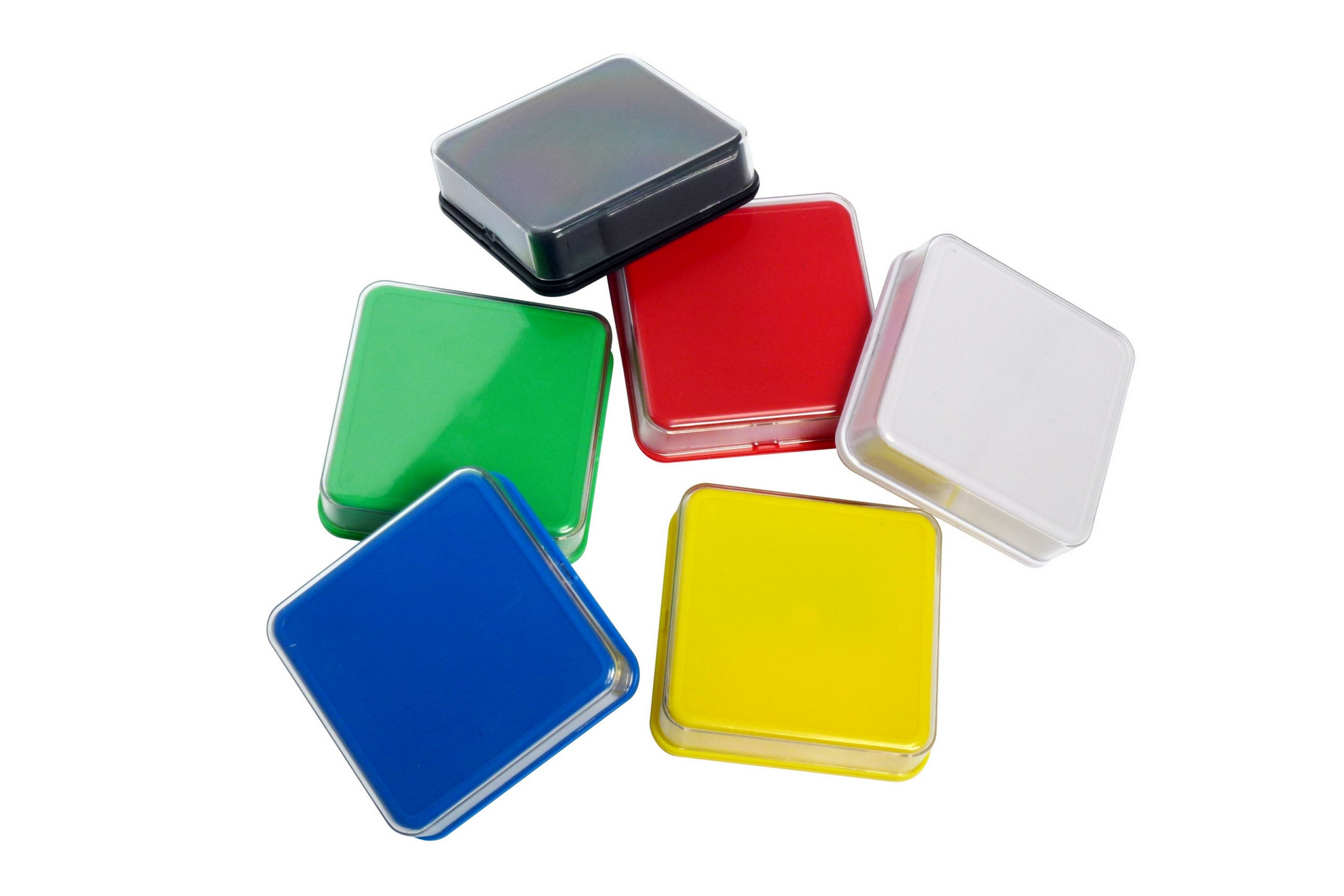BLOG


Tips to help dyslexic students do well in classrooms
Dyslexia is a language-based learning disability that can affect a person’s reading, writing and spelling. Children who have dyslexia find it difficult to match letters with their sounds. Although a learning disability, it is by no means an indicator of a child’s intelligence. With intensive interventions, students in dyslexia can also do well in classrooms. Here are some tips to help them:
- Be clear with instructions. Children with dyslexia struggle to remember multi-step or complex instructions. Speak briefly and clearly, and ensure that you provide written instructions.
- Teach phonemic awareness. Students in elementary and primary years should be provided daily phonemic instructions. This builds a strong foundation for long-term success in reading and spelling.
- Teach phonics. Awareness about letter sounds and blending can help dyslexic students to decode language more effectively.
- Encourage handwriting. According to research, elementary students who write legibly, can automatically write longer and better compositions.
- Provide audio recordings. Audio books and tapes help dyslexic students learn better while reading the text.
- Give more time to math facts. Dyslexic students who have mastered math facts have more time for other cognitive demands.
- Try alternate methods of teaching. Many dyslexic students find it easier to learn using songs and roleplays.
- Teach to their strengths. Some students with dyslexia may be extremely good at something like creativity and design. Assess their strength and work on it to help them excel.
- Give real life examples. Motivate children with true stories of famous people who have gone on to shine, despite being dyslexic.
- Read books that feature characters who learn differently. Some options include Percy Jackson, The Dunderheads, Tacky the Penguin etc.
- Encourage organizational skills. Ask students with dyslexia to use folders and divider which will help them keep their work more orderly and easily accessible.
- Accept homework created on computer. Most children with dyslexia find writing to be an exhausting exercise. Using computers helps build the confidence in expressing themselves better.
Dyslexic students have many strengths: oral skills, comprehension, good visual spatial awareness/artistic abilities. By understanding their individual strengths and helping them accordingly, teachers can help them do well in classrooms.

